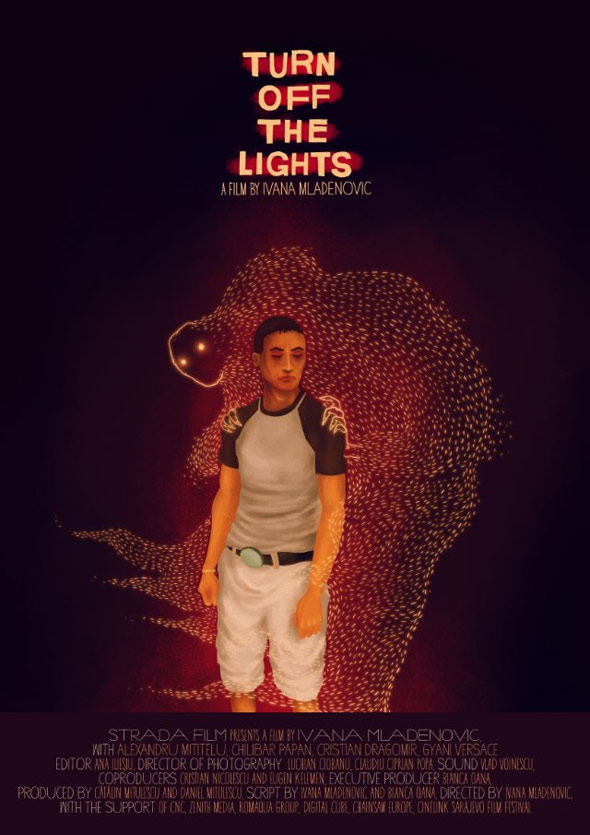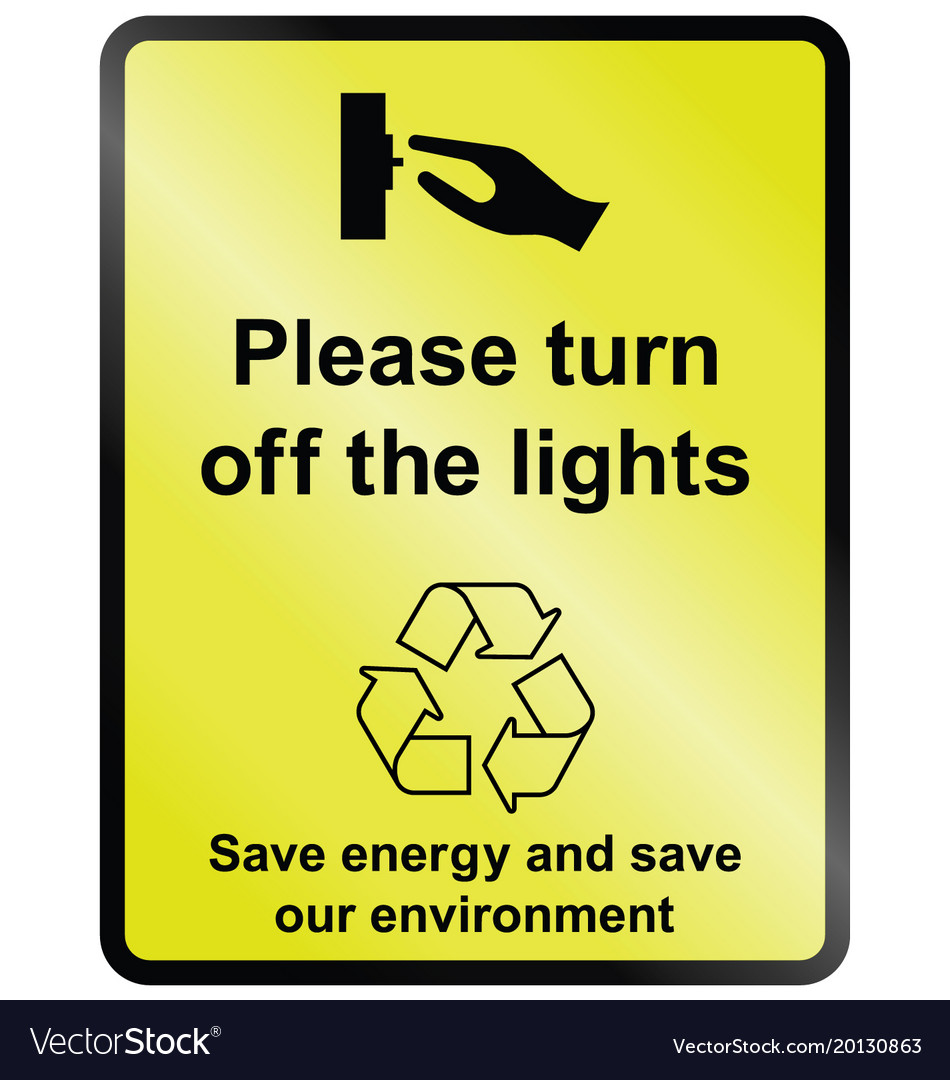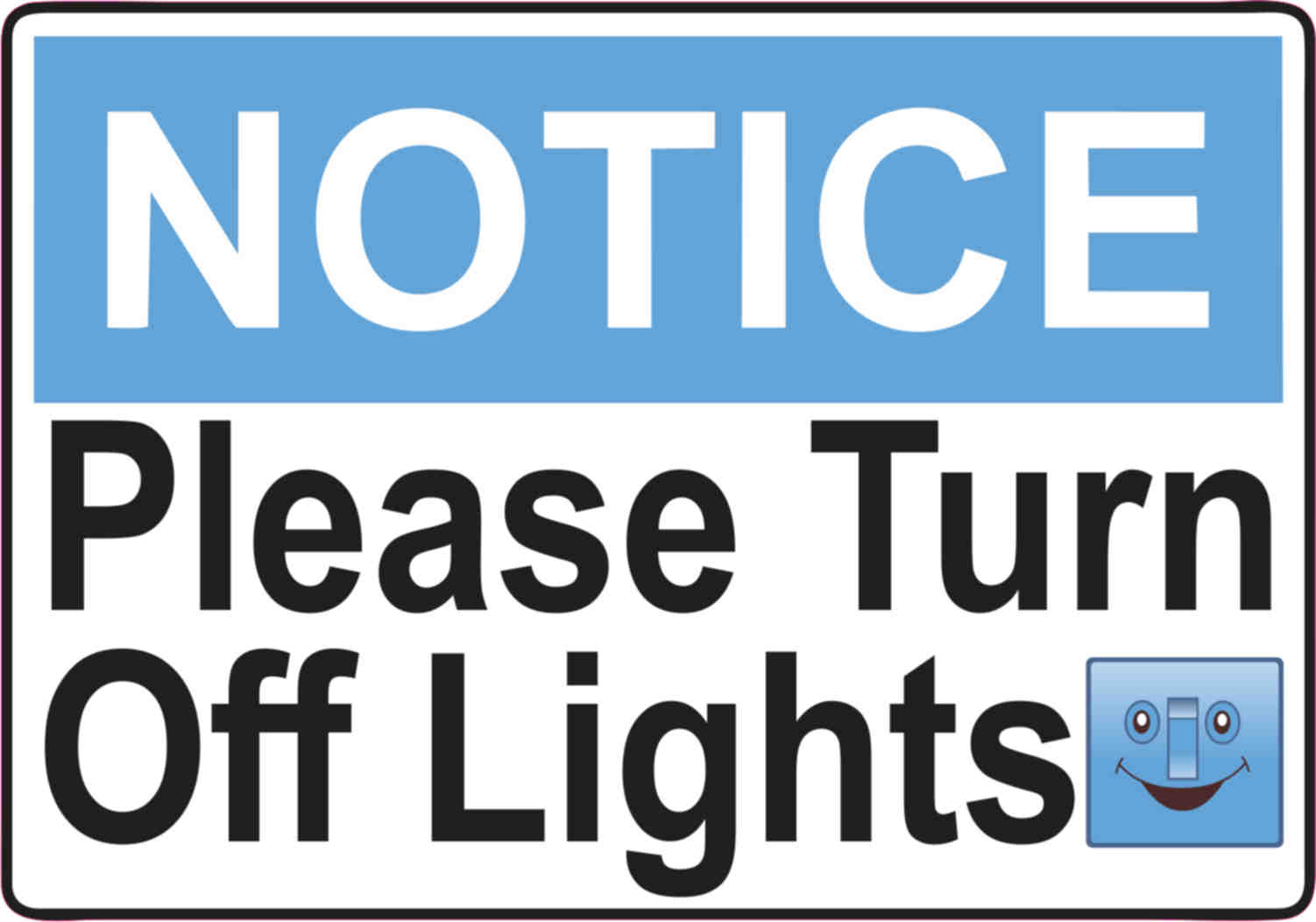
Light pollution now blots out the Milky Way for eight in ten Americans. Yet on the ground the problem often goes unnoticed the change is a relatively recent phenomenon. Dark pockets where natural night is experienced are becoming the exception, found in the far north, Antarctica, and the deep interiors of the Amazon and Sahara. Glowing lights beam out from across the globe, wherever people congregate. Turning out the lights seems unthinkable yet a lack of thought has produced enormous amounts of unnecessary and misdirected lighting.Įxamine a satellite image of Earth from space and the amount of nighttime light that humans produce is obvious and astonishing. They’ve driven economic growth and social connections. Lights have allowed us to capture many more hours for work and play. Fortunately, as the show makes clear, the solutions to recovering our night sky are known, are cost-effective and can often be implemented quickly-almost like flipping a switch.Īrtificial light has been viewed as an example of progress in an increasingly anthropogenic world. Our night sky and the global impacts of its disappearance due to light pollution are now the focus of a new 4,340-square-foot exhibition, “ Lights Out: Recovering Our Night Sky,” on view at the Natural History Museum through December 2025.

Practical solutions for local communities not only save money, but they also recognize that many lights are simply unnecessary (above: photos taken before and during a power outage in 2003 in the town of Goodwood, Ontario, reveal a dramatic difference in the night sky). Just as a bright light coming into a bedroom window might interrupt the sleep of any one of us, darkness is a foundational need of untold floral and animal species artificial light impedes their ability to rest, feed and reproduce. And as light pollution literally makes the darkness disappear, all types of plants and animals, accustomed to cycles of night and day for millions of years, are being dramatically affected in ways both obvious and unknown. The stunning array is now rendered invisible for some 60 percent of Europeans and almost 80 percent of North Americans. One-third of the world’s population can’t see the starry band of light in the night sky that makes up the Milky Way-the vast spiraled arms of our own galaxy. Glow from buildings, parking lots, roadways, billboards, landscape lighting and countless other sources blots out the stars over a surprisingly large part of the planet and disrupts the lifecycles of birds, insects and other creatures.
TURN OFF THE LIGHTS. DRIVERS
“Everybody all around the world has some kind of story about the night sky.”Ĭelestial beauty is something sacred that is shared across human cultures around the globe, he says.Ī study published in 2021 found that light pollution has increased by at least half over just the past 25 years (above: glare from bright, unshielded streetlights can make it difficult for drivers to notice pedestrians).īut today the connections that have always tethered humanity to the same night sky are disappearing behind the ubiquitous brightness of artificial lights.

“The night sky belongs to everybody-this is humanity’s common heritage,” says Stephen Loring, an archaeologist with the Smithsonian’s National Museum of Natural History. To America’s Ojibwe people, the celestial figure is Biboonkeonini the Wintermaker, who, they know by tracking movements of the stars, becomes most prominent during the coldest season of the year.

In India, the constellation was seen as a king who’d been shot by an arrow. The Arabs interpreted the starry figure as a giant. The Egyptians regarded the same group of stars as the place where the soul of a god-Osiris-found eternal rest. They dubbed him Orion, and the hunter’s story has persisted for thousands of years. Gazing upward into the night sky, the Greeks recognized a human figure in the stars.


 0 kommentar(er)
0 kommentar(er)
